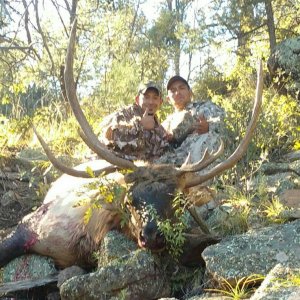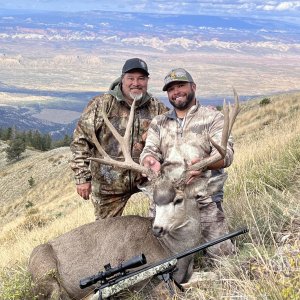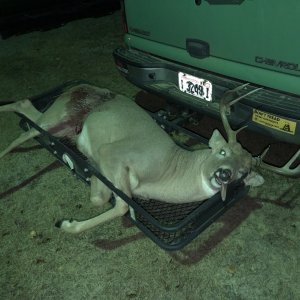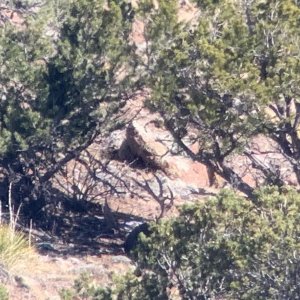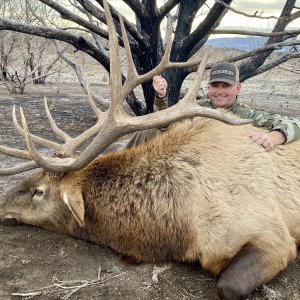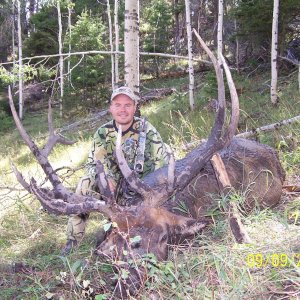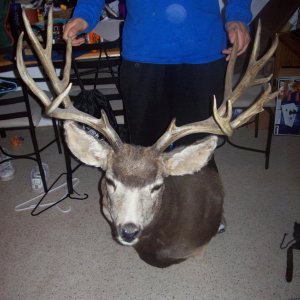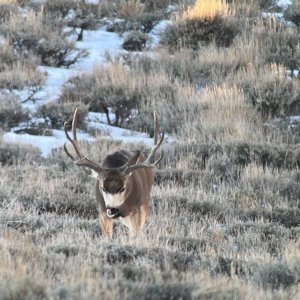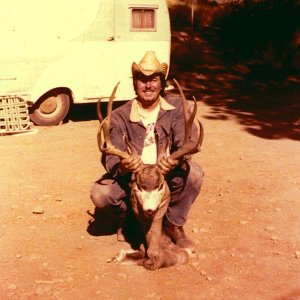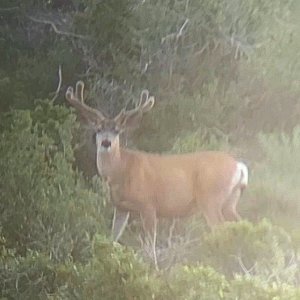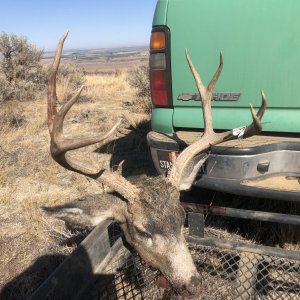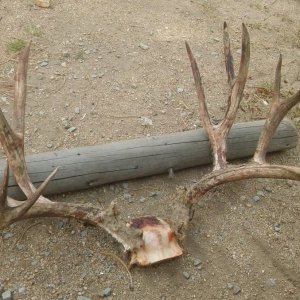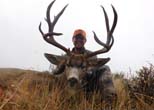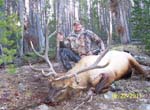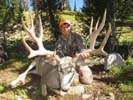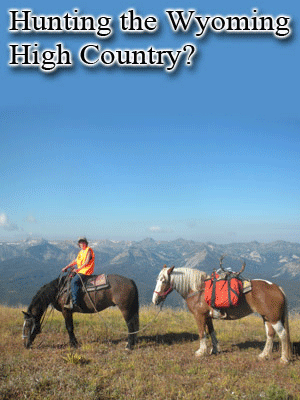It took some digging but I found a publication documenting that
bucks born in years having good moisture conditions have a propensity for larger horn mass throughout life.
Environmental Conditions as a Precursor of Pronghorn Horn Size throughout their Life
DAVID E. BROWN, Arizona State University, School of Life Sciences, P O Box 874501, Tempe, AZ 85287 USA
[email protected] Proceedings Pronghorn Workshop 23:91-95
ABSTRACT Previous studies on the Armendariz Ranch in southwestern New Mexico have shown that variations in pronghorn (Antilocapra Americana) horn size, as measured by “green” Boone and Crockett scores, are related to the animal’s age and environmental conditions prior to and during horn growth. These conditions include both winter temperature minima and forage growth as measured by either the previous summer’s precipitation or July Palmer Drought Severity Indices. Genetics and environmental conditions at the time of the buck’s birth also appear to play a role in horn size as mean annual BC scores is significantly correlated with the May Palmer Drought Severity Index during the male’s natal year (r² = 0.42; P<0.02).
RESULTS The mean horn lengths and BC scores of the bucks harvested are arranged according to the May PDSI of their birth year and the October PDSI of their yearling year in Table 1. Although annual variations in horn size were small, and there were no significant relationships between the PDSI values and horn length, there was a significant correlation between May PDSI values and BC scores (r² = 0.42; P < 0.02; Fig. 1).
DISCUSSION I interpret my results as indicating that bucks born in years having good moisture conditions have a propensity for larger horn mass throughout life. Pronghorn horn size, and horn mass, is therefore dependent not only on the male’s age, environmental conditions preceding and during horn growth, and genetic propensity, but also on the conditions present at the time of its natality.
You Wyo cboys try to make me look like an idiot but I try to back up what I say with facts that not only make sense but are also documented. I guess my years of close observations in the field in Wyo aren't that far off?

